Global identification of SWI/SNF targets reveals compensation by EP400
- PMID: 37922899
- PMCID: PMC11307202
- DOI: 10.1016/j.cell.2023.10.006
Global identification of SWI/SNF targets reveals compensation by EP400
Abstract
Mammalian SWI/SNF chromatin remodeling complexes move and evict nucleosomes at gene promoters and enhancers to modulate DNA access. Although SWI/SNF subunits are commonly mutated in disease, therapeutic options are limited by our inability to predict SWI/SNF gene targets and conflicting studies on functional significance. Here, we leverage a fast-acting inhibitor of SWI/SNF remodeling to elucidate direct targets and effects of SWI/SNF. Blocking SWI/SNF activity causes a rapid and global loss of chromatin accessibility and transcription. Whereas repression persists at most enhancers, we uncover a compensatory role for the EP400/TIP60 remodeler, which reestablishes accessibility at most promoters during prolonged loss of SWI/SNF. Indeed, we observe synthetic lethality between EP400 and SWI/SNF in cancer cell lines and human cancer patient data. Our data define a set of molecular genomic features that accurately predict gene sensitivity to SWI/SNF inhibition in diverse cancer cell lines, thereby improving the therapeutic potential of SWI/SNF inhibitors.
Keywords: BRG1; EP400; PRO-seq; RNAPII; SWI/SNF; chromatin accessibility; chromatin remodeling; combination therapies; epigenetic regulators; transcription.
Copyright © 2023 Elsevier Inc. All rights reserved.
Conflict of interest statement
Declaration of interests K.A. is a consultant to Syros Pharmaceuticals and Odyssey Therapeutics, is on the SAB of CAMP4 Therapeutics, and received research funding from Novartis not related to this work.
Figures

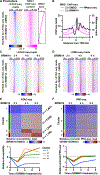
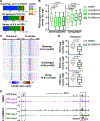

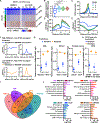
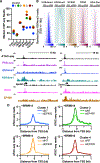
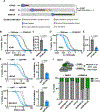
References
Publication types
MeSH terms
Substances
Grants and funding
LinkOut - more resources
Full Text Sources
Molecular Biology Databases
Miscellaneous

